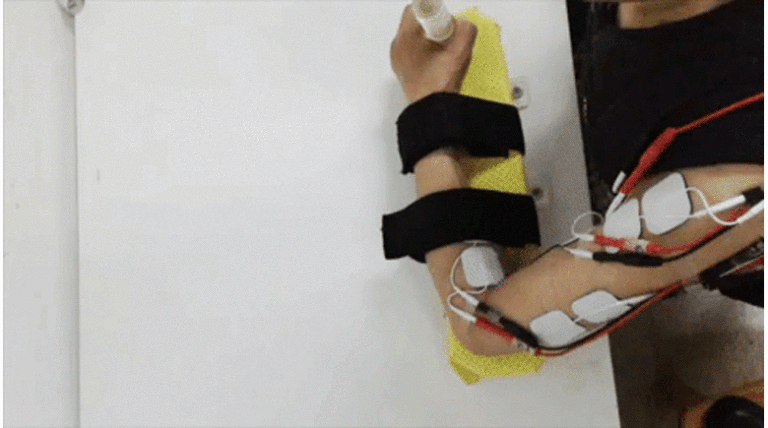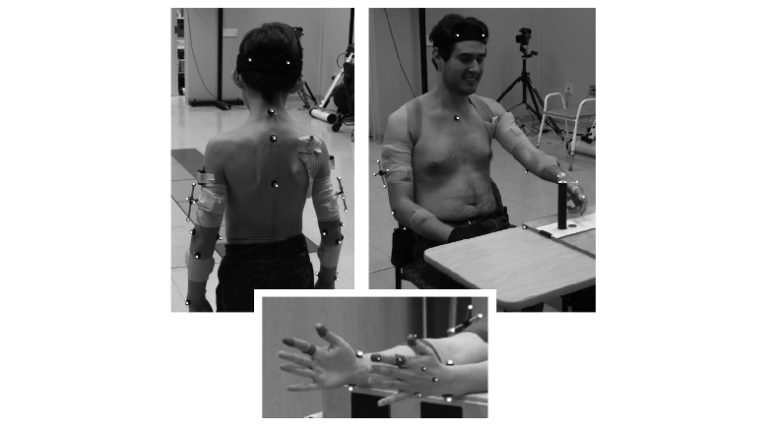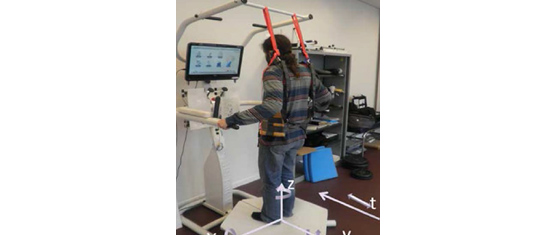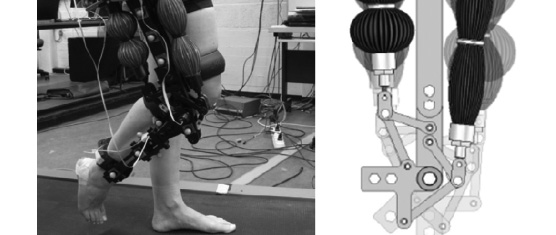Assessment of self-feeding kinematics is seldom performed in an ecological setting. In preparation for development of an instrumented spoon for measurement of self-feeding in children with cerebral palsy (CP), the…
read moreFunctional electrical stimulation (FES) is capable of activating muscles that are under-recruited in neurological diseases, such as stroke. Therefore, FES provides a promising technology for assisting upper-limb motor functions…
read moreLower-limb amputees typically experience reduced mobility and higher metabolic rates than non-amputees. It may be possible to improve their mobility and metabolic rate with an optimized robotic prosthesis. Here,…
read moreFunctional reaching is impaired in dystonia. Here, we analyze upper extremity kinematics to quantify timing and coordination abnormalities during unimanual reach-to-grasp movements in individuals with childhood-onset unilateral wrist dystonia. Kinematics…
read moreAbstract This paper presents the design and implementation of IsiMove, a new dynamic posturography platform. It allows the evaluation of the static and dynamic balance of a human placed on…
read moreAbstract Until today it is not entirely clear how humans interact with automated gait rehabilitation devices and how we can, based on that interaction, maximize the effectiveness of these exoskeletons.…
read more





